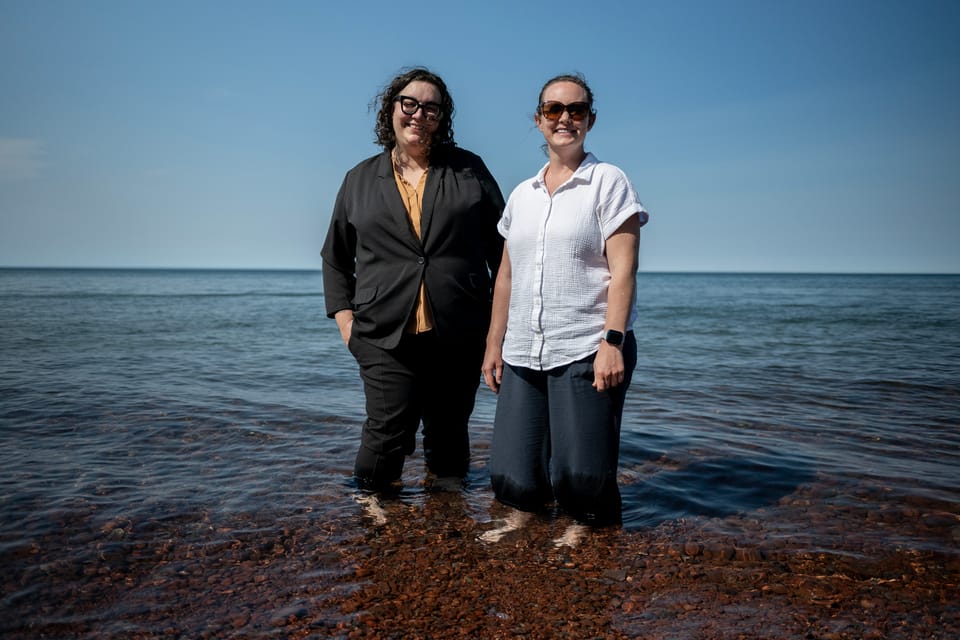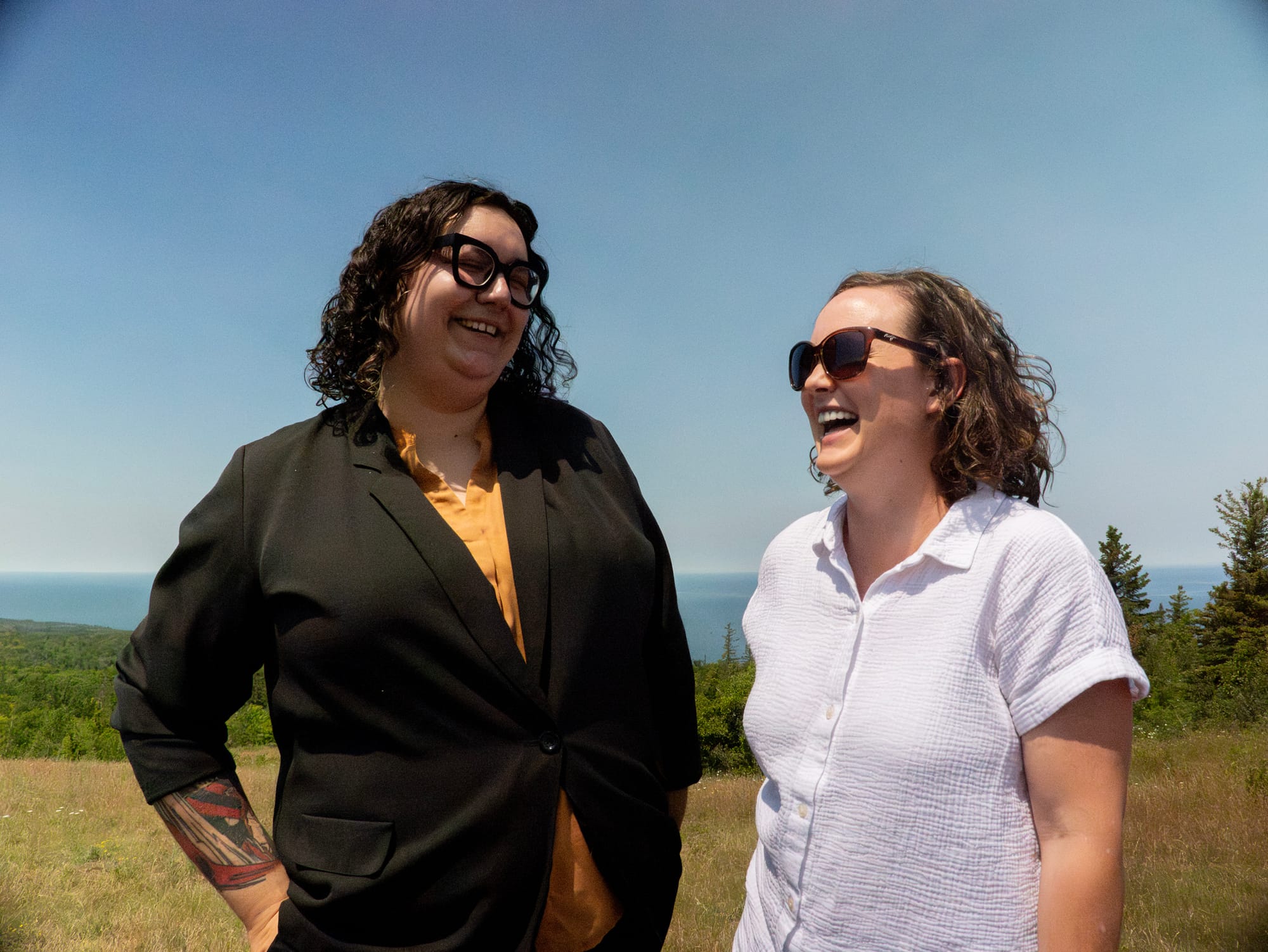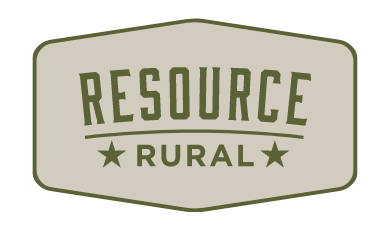When disaster strikes, what does it take to recover?

Hi Neighbor,
It was just a little over a year ago that I finally got ahold of my parents in Asheville after hurricane Helene struck. I hadn’t heard from them in days — and was planning for the worst when my dad finally found service to call me.
But instead of panic, my dad sounded animated. A former FEMA employee, my dad spent years helping coastal cities recover from disaster. In his Asheville neighborhood, he had rigged up a generator for the neighborhood and was siphoning gas so that folks could get to safety. What we might call a one-man resilience hub, he might call common sense. My fear was immediately replaced with another, more surprising emotion: pride.
That’s the complicated nexus of disaster: It shows us what we’re made of and tests the strength of our community fabric. It’s a language we can all recognize, from severe storms in the Delta, to wildfires in the West, to flooding in the Upper Peninsula of Michigan.
So when the Michigan Office of Rural Prosperity told us about a story of community know-how, resilience, and big-picture problem-solving in the Keweenaw Peninsula, we knew it was one we wanted to help tell.
In 2018, a thousand-year flood tore through this remote corner of Michigan, washing out roads, isolating hospitals, and cutting off emergency services. But in the years since, the people of the Keweenaw have been quietly building one of the most sophisticated rural recovery efforts in the country.
At the center of it all are folks like Rachael Pressley, planning director for the Western Upper Peninsula Planning & Development Region. Alongside Robin Meneguzzo of the Keweenaw Community Foundation, Rachael led efforts to update emergency plans for six counties and the Keweenaw Bay Indian Community — the first of its kind. Together, they built partnerships across agencies, applied for federal grants, and imagined a future where their region wasn’t just reacting to disaster, but ready for it.
We're beyond grateful to Robin and Rachael lending their time to tell the story of the Keweenaw Bay. This video was made in collaboration with TankThink Media and the Michigan Office of Rural Prosperity.
It’s easy to describe people who live in small communities as “hardworking.” But stories like this remind us that recovering from disaster doesn’t just take strength — it takes systems. It takes people who know how to navigate complex funding structures, how to collaborate across agencies and governments, and how to turn public investment into public good. Rachael said it best:
“This place is resilient and abundant in its core. We just need the tools and the respect to steward it together.”
We couldn’t agree more. We’ll let Robin and Rachael tell you the story in their own words.

True recovery means more than rebuilding what’s been broken. It means giving rural communities the tools, funding, and respect to lead — to plan ahead instead of constantly patching holes. It means recognizing that resilience is not just character; it’s capacity.
That’s why we tell stories like the Keweenaw’s. Because every time a community recovers, rebuilds, or reinvents itself, they’re showing us what’s possible when trust and investment meet local expertise.
In solidarity,
Madeline McGill
Resource Rural Communications Director
